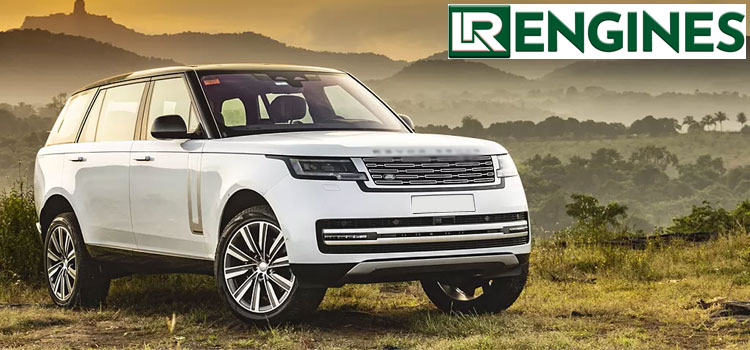The Environmental Impact of Range Rover Engines

Range Rover is a luxury SUV brand that offers high performance, comfort and style. But what is the environmental impact of its engines? How does Range Rover balance its environmental responsibility with its customer demand? Range Rover engines are part of the Ingenium family, which includes a range of diesel, petrol and electrified engines. These engines are designed to maximize performance while reducing environmental impact and running costs for customers. According to Jaguar Land Rover, the parent company of Land Rover, it has produced more than 1.5 million Ingenium engines since 2015, and plans to expand its electrified engine options in the future.
The automobile industry has significantly contributed to environmental concerns due to emissions and fuel consumption. In recent years, the environmental impact of various car models has come under scrutiny. Here we focuses on exploring the environmental impact of Range Rover engines, shedding light on their emissions, efficiency, and the steps taken by the company to mitigate their effects on the environment.
Understanding Range Rover Engines
Range Rover, a brand synonymous with luxury and performance, is known for its powerful engines. These engines are designed for both on-road efficiency and off-road capabilities, making them popular among car enthusiasts and adventure seekers alike.
Emissions and Pollution
One of the primary environmental concerns associated with Range Rover engines is emissions. The combustion process in internal combustion engines releases pollutants like carbon dioxide (CO2), nitrogen oxides (NOx), and particulate matter into the atmosphere. These emissions contribute significantly to air pollution, greenhouse gas effect, and climate change.
Greenhouse Gas Emissions
Range Rover engines, like many other vehicles, emit greenhouse gases, particularly CO2. These gases cause global warming and climate change by trapping heat in the Earth’s atmosphere. Range Rover has been making efforts to reduce its CO2 emissions by investing in research and development of cleaner technologies.
Impact on Air Quality
Apart from greenhouse gases, Range Rover engines emit pollutants that affect air quality. NOx emissions, in particular, contribute to the formation of smog and acid rain, harming both the environment and human health. Range Rover has implemented advanced catalytic converters and exhaust gas recirculation systems to minimize these emissions.
Fuel Efficiency and Conservation
Fuel efficiency is a critical aspect of evaluating the environmental impact of any vehicle. Range Rover, being a luxury SUV brand, tends to have larger engines which traditionally consume more fuel. However, the company has been investing in hybrid and electric vehicle technologies to improve fuel efficiency and reduce reliance on fossil fuels.
Range Rover’s Initiatives for Environmental Conservation
In response to growing environmental concerns, Range Rover has initiated several eco-friendly practices and technologies to minimize its environmental footprint.
Hybrid and Electric Models
Range Rover has introduced hybrid and electric models to its lineup. These vehicles produce zero tailpipe emissions, making them a sustainable choice for environmentally conscious consumers.
Lightweight Materials
Range Rover has been incorporating lightweight materials such as aluminum in its vehicle designs. Vehicles that are lighter use less energy to run, which increases fuel efficiency and lowers pollutants.
Sustainable Manufacturing
The company has adopted sustainable manufacturing practices, emphasizing the use of recycled materials and eco-friendly production techniques. This approach minimizes waste and reduces the overall environmental impact of manufacturing processes.
Range Rover Committed to Reducing the Environmental Impact
According to Land Rover, the company that owns Range Rover, it is committed to reducing the environmental impact of its operations and products through environmental innovation. Some of the actions it has taken are as follows:
– Using recycled aluminium for its vehicle bodies, which reduces waste and energy consumption.
– Developing low-carbon or renewable energy sources for its manufacturing facilities, which reduces CO2 emissions.
– Improving the efficiency and emissions of its engines, which reduces tailpipe CO2 and improves fuel economy.
– Minimising waste, water use and logistics emissions across its supply chain and distribution network.
– Encouraging its suppliers to uphold the same high standards of sustainability as itself.
Conclusion
Range Rover engines have both positive and negative environmental impacts. On one hand, they reflect the company’s efforts to innovate and improve its sustainability practices. On the other hand, they still have a higher environmental footprint than some other vehicles, especially in terms of their manufacturing and usage. Therefore, Range Rover customers may need to weigh the benefits and costs of owning such vehicles, and consider their personal responsibility.

